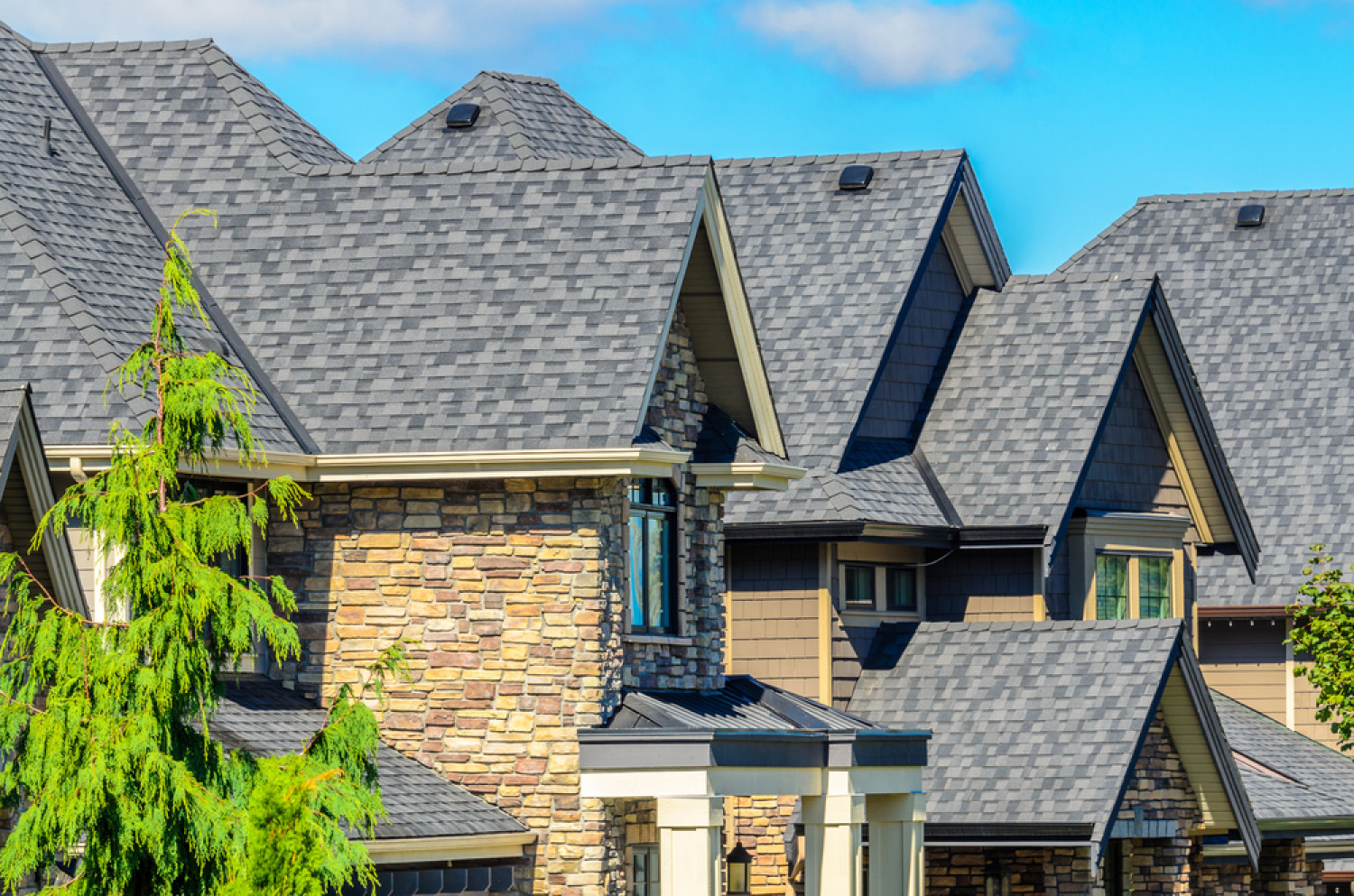

What are some signs that my roof needs to be repaired or replaced?
There are several signs that your roof might need repair or replacement, some subtle and some more obvious. Here's a breakdown to help assess the situation:
Signs of repair:
- Minor Leaks: Noticeable water stains on your ceiling or attic walls, especially after heavy rain, indicate a potential leak. While a single small leak might be repairable, multiple leaks or large ones suggest further problems.
- Missing or Damaged Shingles: Shingles that are cracked, chipped, warped, or missing entirely expose the underlayment and leave your roof vulnerable to moisture.
- Algae Growth: Greenish-black streaks on your roof are caused by algae, which can trap moisture and accelerate shingle deterioration. While not an immediate emergency, it's worth addressing.
- Granule Loss: Seeing bald patches on your roof where the protective granules have shed signifies wear and tear on the shingles. This reduces their waterproofing ability and shortens their lifespan.
Signs of replacement:
- Age: Asphalt shingle roofs typically last 15-20 years, while metal roofs can go for 40-50 years. If your roof is nearing the end of its lifespan, even without visible damage, it might be time to consider replacement.
- Extensive Sagging: A sagging roof could indicate structural problems beneath, compromising the entire roof's integrity. This needs immediate professional attention.
- Curling or Buckling Shingles: Severely warped shingles are beyond repair and need replacement. This often indicates advanced age or moisture damage.
- Significant Leaks: Multiple large leaks, especially in multiple areas of the roof, are a strong indicator of widespread deterioration and likely necessitate replacement.
Additional tips:
- Check your attic: Look for signs of moisture, wood rot, or even light coming through the roof deck.
- Inspect your chimney: Damaged flashing around the chimney can lead to leaks.
- Look for moss or vegetation: While moss growth isn't an immediate emergency, it can trap moisture and accelerate shingle damage.
- Consider your neighborhood: If several houses in your area are getting new roofs, it might be time for yours too.
Recommendation:
If you notice any of these signs, it's best to contact a qualified roofing professional for a thorough inspection. They can accurately assess the condition of your roof and recommend the appropriate course of action, whether it's repair or replacement. Don't delay addressing potential roof problems, as they can lead to more extensive and expensive damage down the line.
How long does a roof replacement take?
The time it takes to replace a roof can vary greatly, depending on several factors, but here's a general guide:
Average for a typical home:
- 2-5 days: This is the most common timeframe for replacing roofs on average-sized homes (under 2,500 square feet) with simple roof designs and readily available materials.
Other factors affecting time:
- Size of the roof: Larger homes with more complex rooflines obviously take longer. Expect 5-7 days for larger homes (2,500-3,000 sq ft) and possibly 5-8 days or more for even larger ones.
- Complexity of the roof: Roofs with steep pitches, multiple valleys, chimneys, skylights, or other features require more time and careful attention to detail.
- Type of roofing material: Different materials have different installation processes and times. For example, slate tiles might take 7-10 days compared to 2-5 days for asphalt shingles.
- Number of workers: More workers can speed up the process.
- Weather conditions: Rain, snow, excessive heat or high winds can delay or halt work altogether.
Additional points to consider:
- Tear-off vs. overlay: If your existing roof is in good condition, you might have the option to overlay new shingles on top, which is faster than a complete tear-off and re-roofing.
- Permits and inspections: Obtaining necessary permits and scheduling inspections can add a few days to the overall process.
Is your company licensed and insured?
We are fully insured and licensed in Massachusetts. We hold an Unrestricted Construction Supervisor License UCSL from the Massachusetts Board of Building Codes and Standards, and a Home Improvement Contractor HIC License that allows us to handle any residential projects professionally.
Do you work with insurance companies for claims?
Yes, we work directly with insurance companies to process and settle claims. We have experience with a variety of insurance providers and types of claims, and we can help you navigate the claims process from start to finish.
What types of roofing materials do you work with?
Asphalt Shingles:
- The most common and affordable choice, offering a wide range of styles and colors.
- Relatively easy to install and maintain.
- Prone to cracking, warping, and fading over time, with a lifespan of 15-20 years.
Metal Roofing:
- Durable and long-lasting, with lifespans of 40-70 years.
- Resistant to fire, hail, and wind, making it a good option for harsh weather conditions.
- Available in various styles and finishes, like standing seam, metal shingles, and corrugated metal.
- Requires specialized installation and can be noisy during rain or hail.
Rubber Roofing:
- Ideal for flat or low-slope roofs.
- Highly waterproof and resistant to tears and punctures.
- Requires professional installation and can be susceptible to UV damage.
- Durable with a lifespan of 40-50 years
And many other roofing systems not listed here!
